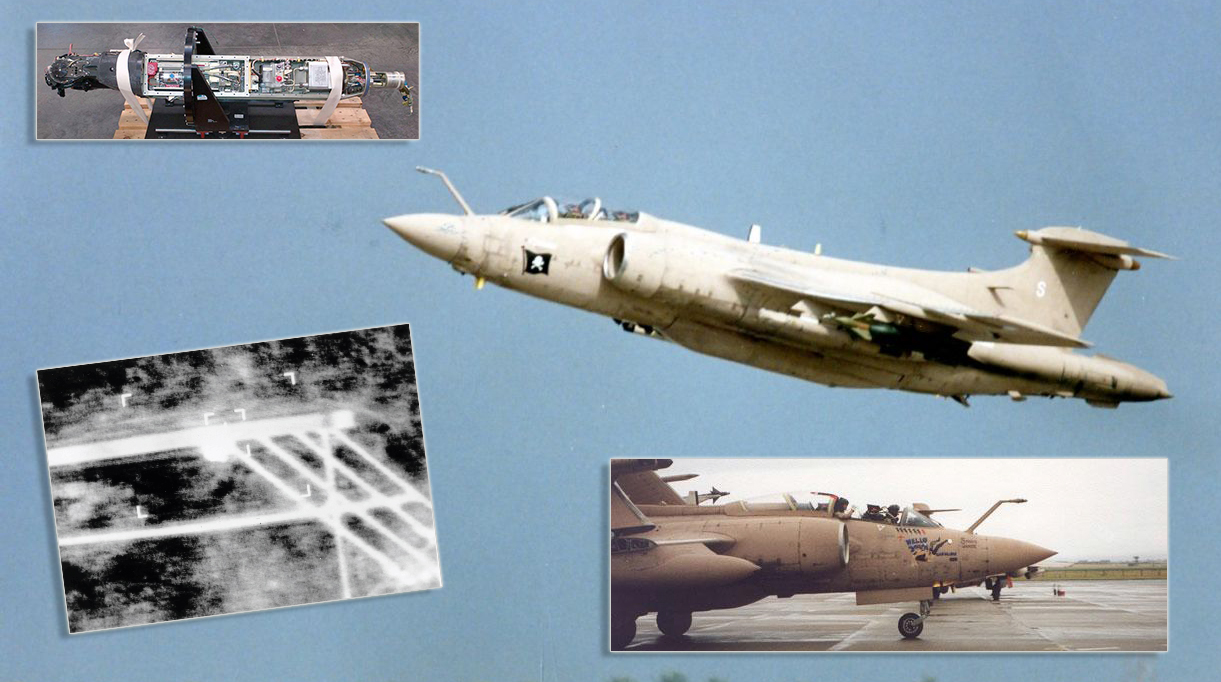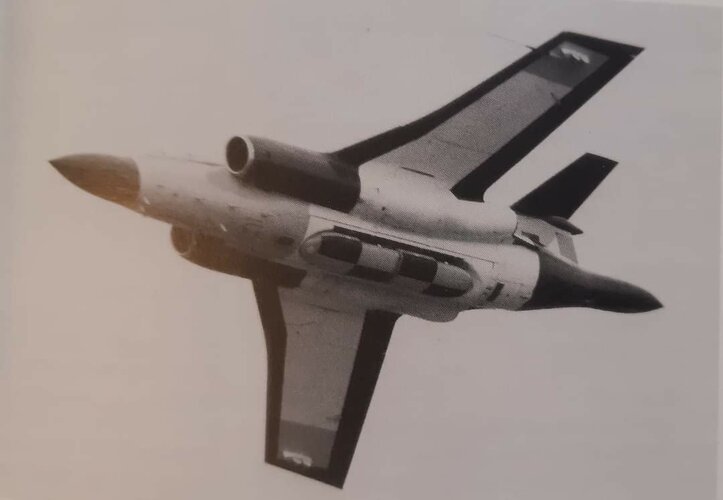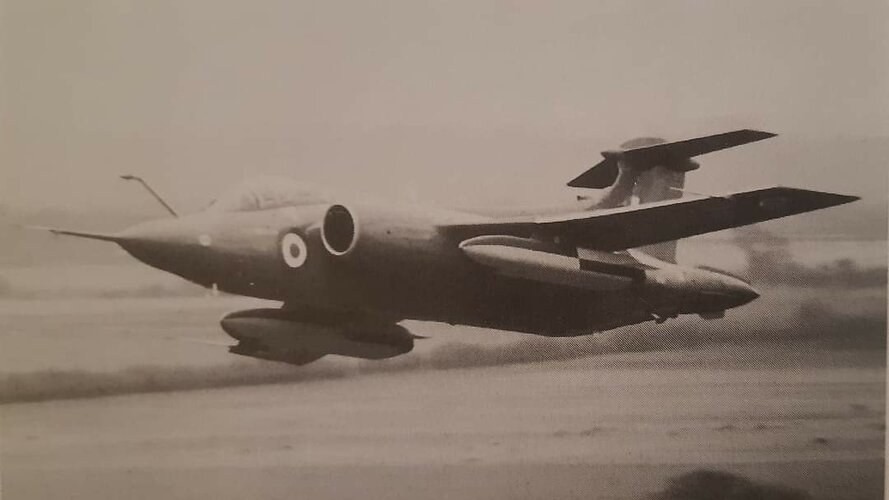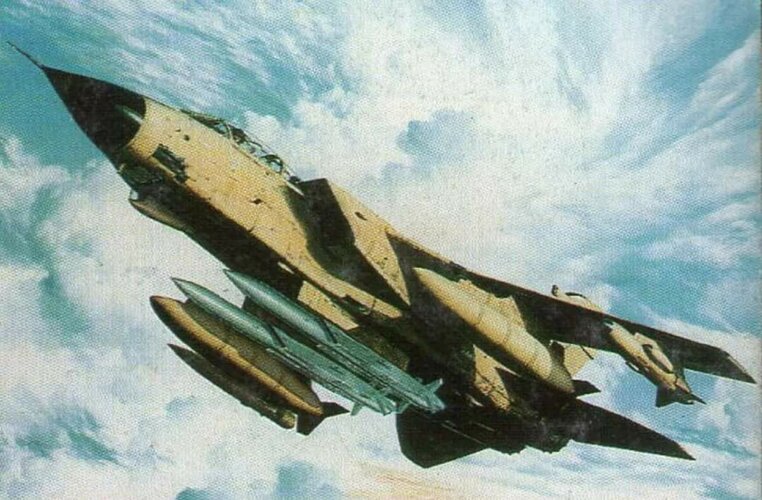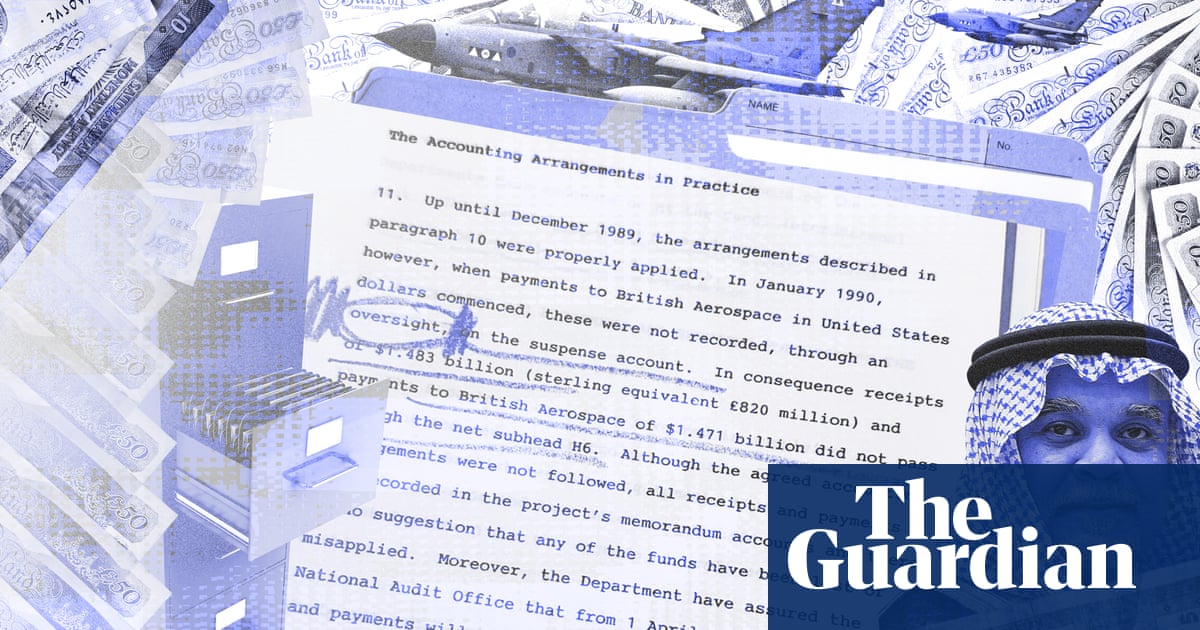It's interesting watching this "discussion" the Tonka could be dismissed as an export failure, however it was built by 3 nations and then purchased by a 4th. The f-15E 5 operators F-15C 4.
The ADV version was not designed to be a f-15/16 but a loitering interceptor, again Flown by the RAF, borrowed by the Italians and purchased by the RSAF. We're not comparing like for like.
The US is still making and selling the F-15, Europe has moved on to Typhoon and now looking at the next generation, while the F22 was never made in enough numbers.
The Tonka was adored by Ground and aircrew, served frontline for a large part of it's career and earned it's retirement.
Quite rightly not everyone on the forum will agree about which aircraft was great etc. But for the UK and the RAF the Tonka is a stand out aircraft.
The ADV version was not designed to be a f-15/16 but a loitering interceptor, again Flown by the RAF, borrowed by the Italians and purchased by the RSAF. We're not comparing like for like.
The US is still making and selling the F-15, Europe has moved on to Typhoon and now looking at the next generation, while the F22 was never made in enough numbers.
The Tonka was adored by Ground and aircrew, served frontline for a large part of it's career and earned it's retirement.
Quite rightly not everyone on the forum will agree about which aircraft was great etc. But for the UK and the RAF the Tonka is a stand out aircraft.

